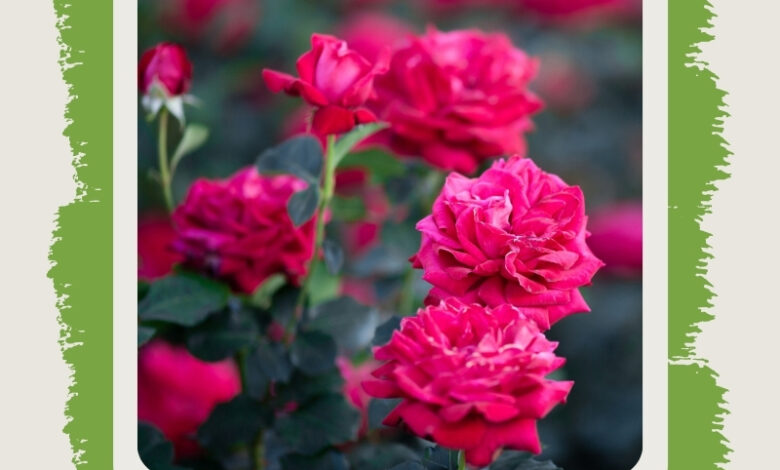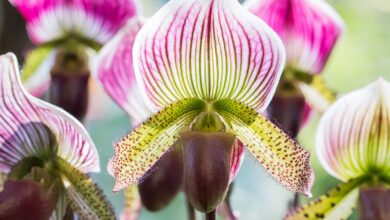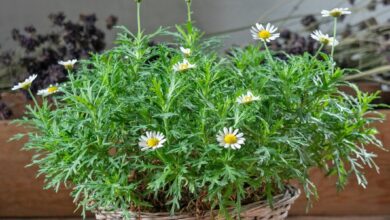When the Problems with Roses Are Just Too Many

[ad_1]
I don’t grow roses and it’s not because I don’t like them. I love roses. I love their scent and the pretty blooms, but there are a few good reasons I avoid them in my own garden, for now. One day I may attempt a small rose garden, but now is simply not the time.
I Love Roses
I don’t know how anyone could not love roses. They’re beautiful flowers with cultivars in any color you can dream up. While others may call the smell of a rose too perfume-like, I adore it. I buy rosewater and rose-scented soaps I love it so much.
So Why Not Grow Roses?
I haven’t had any terrible experiences growing roses, although I did try to keep a mini-rose in a pot from a gift store going once with no real luck. I simply don’t have the know-how, patience, or really the right spot for rose bushes.
The Difficulties of Growing Roses
Roses are not as difficult to grow as many people assume, or so I’ve been told. They can be finicky and have a lot of potential issues though. I’m just not ready to grow roses until I have a good location for them and know more about how to prevent and deal with rose problems. Here are just some of the problems you can see with rose bushes:
- Aphids: Aphids are little green pests that suck the juice out of plants. One tiny aphid doesn’t seem so bad, but they can grow out of control, and they love roses. They leave roses with sticky honeydew and distorted leaves and buds.
- Japanese beetles: Another reason to not grow roses right now is that these invasive pests are in my area. Japanese beetles congregate on plants, including roses, and eat leaves, flowers, and buds.
- Deer: Yet another reason I struggle with the idea of growing roses is deer. Deer love to eat rose bushes; thorns and all. I have herds of deer in my neighborhood.
- Black spot: A fungal disease, this is a common issue with roses and can weaken bushes. Black spot creates black, brown, and yellow spots with fuzzy edges on the leaves. It really wrecks the appearance of an otherwise attractive rose bush.
- Powdery mildew: Another fungal infection, powdery mildew produces a white, powdery substance on the surface of leaves. Again, it’s not attractive and can spread quickly.
- Crown gall: This is a bacterial disease that attacks the roots, crown, and stem usually near the soil line. Bacteria gets in through wounds and the result is a plant that just won’t thrive. Crown gall ruins rose bushes with no treatment but to dig up the plant and toss it.
These are just some of the most common problems with roses, which is why I find the idea of growing them daunting. Maybe one day I’ll have time to learn from a master rose gardener so I can enjoy my own small rose garden.
[ad_2]
Source link






